
An Offering of Love
Apr 15, 2015 By Alisa Braun | Commentary | Shemini
What does a feminist reworking of Leviticus 10 sound like? The Indigo Girls song “Strange Fire” (1987) beautifully illustrates how biblical images and stories weave their way into our lives and the art we create. The song exemplifies their signature style: a second-wave feminist message wrapped in a spare acoustic sound, strong rhythms, and soft harmonies. The lyrics allude to the actions of Aaron’s sons as a way of critiquing those within organized religion who wield power and seek to silence voices of personal spiritual expression.
Read More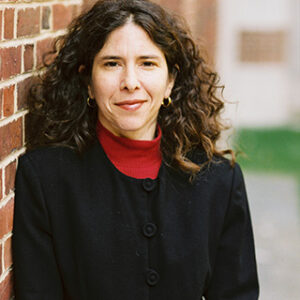
“I Will Go to the Mountain of Myrrh”
Apr 10, 2015 By Barbara Mann | Commentary | Pesah
The Song of Songs is an essential text for modern Hebrew culture, and was perhaps the most beloved biblical book of modernist authors such as S. Y. Agnon and artists such as Ze’ev Raban (1890–1970). Hebrew fiction writers and poets in Palestine in the interwar period plumbed the Song for its extensive lexicon describing the body and the landscape, and its sensitive depiction of psychological and sexual drama. Their modern descriptions of the land before them were often rendered in terms that recalled the erotic interiors and pastoral domain of the Song. Raban taught at the Bezalel Academy of Arts and Design in Jerusalem, and his Jugendstil (German Art Nouveau) illustrations of the Song of Songs (1923) are an exemplary cultural product of their time.
Read More
Miriam’s Song and the Role of Music in Prayer
Apr 10, 2015 By Walter Herzberg | Commentary | Pesah
After the sea was parted and the Israelites were rescued from the pursuing Egyptians, Moses and the children of Israel sang the Song of the Sea, praising God for having saved them. Following the conclusion of the song, the Torah relates that Miriam, leading the women, sang as well. What prompted Miriam and the women to rejoice with song, instrumental music and dance?
Read More
“Echad Mi Yodea” (“Who Knows One?”)
Apr 2, 2015 By Sarah Diamant | Commentary | Pesah
“Echad Mi Yodea” is a traditional cumulative-number song found in the Haggadah. Each verse circles back to the Oneness of God.
Read More
The Telling
Apr 2, 2015 By David Hoffman | Commentary | Pesah
This Friday evening we will gather with family and friends. We will sit down to beautifully set tables, and each of us will open one of the most popular and well-known of Hebrew books—the Haggadah. The name of the book comes from the Hebrew verb lehagid (“to tell”), and if we were to translate “haggadah” into English, it would be “the telling.” Not surprisingly, the core of the Haggadah is the section called maggid, a word that also derives from the Hebrew root meaning “to tell.” Clearly these two forms of the verb lehagid communicate the centrality of the activity of “telling” on this night. But here things become less clear.
Read More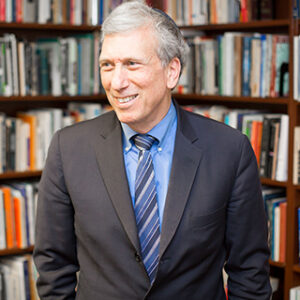
The Four Parents
Mar 27, 2015 By Arnold M. Eisen | Commentary | Shabbat Hagadol | Pesah
Let’s think for a moment, inspired by one of the seder’s most famous passages, about the four kinds of parents who are found around the seder table: wise, wicked, innocent, and not knowing how to ask.
Read More
Restoration
Mar 27, 2015 By Craig Scheff | Commentary | Shabbat Hagadol | Tzav
“What is certain is that you love bringing things back to life. It is a wonderful feeling to identify the undermining factors, eradicate them, and restore something to its true glory.”
Strengthsfinder 2.0 is a popular assessment tool for identifying and applying an individual’s strengths. The book is based on the premise that we should spend more time in our professional lives building upon our strengths than trying to overcome our weaknesses. The quote above refers to the person who possesses the “restorative” talent, the ability to resuscitate and rekindle the vitality of relationships.
Read More
A Dialogue of Life: Toward the Encounter of Jews and Christians
Mar 26, 2015 By Library of the Jewish Theological Seminary | Public Event audio
This event was cosponsored by The Library and the Milstein Center for Interreligious Dialogue of The Jewish Theological Seminary.
Read More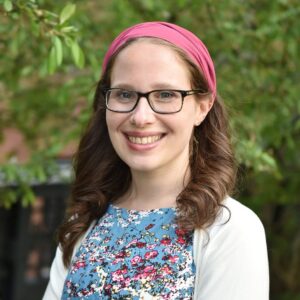




Defeating DOMA: The Changing Nature of Equality Under the US Constitution
Mar 18, 2015
Roberta Kaplan, Partner, Paul, Weiss, Rifkind, Wharton & Garrison LLP, who successfully argued before the United States Supreme Court the landmark U.S. V. Windsor marriage equality case, which struck down a key provision of the Defense of Marriage Act (DOMA), explores this groundbreaking ruling. Dozens of courts have relied explicitly on this case to accord gay couples equal rights under the law.
Read More
Crackers for God
Mar 16, 2015 By William Friedman | Commentary | Shabbat Hahodesh | Vayikra | Pesah
What kind of gift would you give a king? In the interests of both respect and self-preservation, probably the nicest thing you could afford! And if you’d give this to a human king, how much more would you give to the King of Kings of Kings? And yet the Torah prescribes that any grain offered in the Temple cannot contain either yeast or honey. That’s right: the only appropriate grain offering for God is matzah—the tasteless cracker that is about to become the source of so much complaining on Passover! Why would the Torah tell us to do such a thing?
Read More
The Artist’s Insight
Mar 13, 2015 By Lilly Kaufman | Commentary | Pekudei | Vayak-hel
From October of last year until mid-February, the Museum of Modern Art in New York City, in collaboration with Tate Modern in London, featured a comprehensive exhibition entitled Henri Matisse: The Cut-Outs. It was a reassessment of Matisse’s colored paper cut-outs, which, according to the program notes, “reflect…a renewed commitment to form and color, and . . . inventiveness”. Matisse himself said, “For me, a colour is a force. My pictures are made up of four or five colours that collide with one another, and the collision gives a sense of energy.” (Sooke, Henri Matisse: A Second Life, pp. 97-98.)
Read More
Nediv Lev
Mar 13, 2015 By Michael R. Boino | Commentary | Pekudei | Vayak-hel
We often think of love as something comfortable, something comforting. The truth is, it can be the exact opposite. True, unbounded love from another source can cause us to confront parts of ourselves with which we are uncomfortable: our vulnerability, our self image, our passive role as the recipient of care rather than as a caregiver.
Read More
Shattered Tablets
Mar 6, 2015 By Daniel Heschel Silberbusch | Commentary | Ki Tissa
What fascinates me about this moment in the Torah (Ex. 32:15-19) is what we forget because we too well remember how the story ends.
Read More
Still Life with Siddur: Blessings and Challenges in Jewish Communal Prayer
Mar 2, 2015 By The Jewish Theological Seminary | Public Event audio
What is the role of communal prayer in a culture that values individual expression and customized experience? Two leading voices in Jewish prayer explore the rationale, advantages and challenges of praying together.
Read More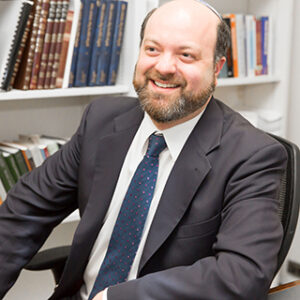
Written on the Heart
Feb 27, 2015 By Eitan Fishbane | Commentary | Shabbat Zakhor | Tetzavveh
The mitzvot are a path of spiritual practice, a cultivation of religious awareness that may open us to the mystery and urgency of the divine voice. Not only legal obligation, mitzvah is a moment of encounter with the ever-renewing Divine Presence as it reverberates through the generations of the Jewish people.
Read More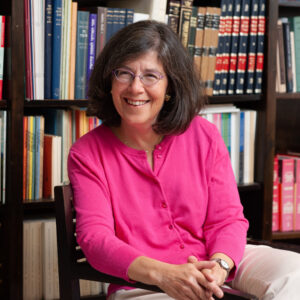
Amalek
Feb 27, 2015 By Jan Uhrbach | Commentary | Shabbat Zakhor | Purim
The Shabbat prior to Purim, known as Shabbat Zakhor, takes its name from the first word of the special maftir (additional Torah reading) for the day, which retells the story of the first post-enslavement attack against the newly freed Israelites:
Read MoreRemember (zakhor) what Amalek did to you on your journey, after you left Egypt . . . You shall blot out the memory of Amalek from under heaven. Do not forget! (Deuteronomy 25:17-19)
SUBSCRIBE TO TORAH FROM JTS
Our regular commentaries and videos are a great way to stay intellectually and spiritually engaged with Jewish thought and wisdom.




